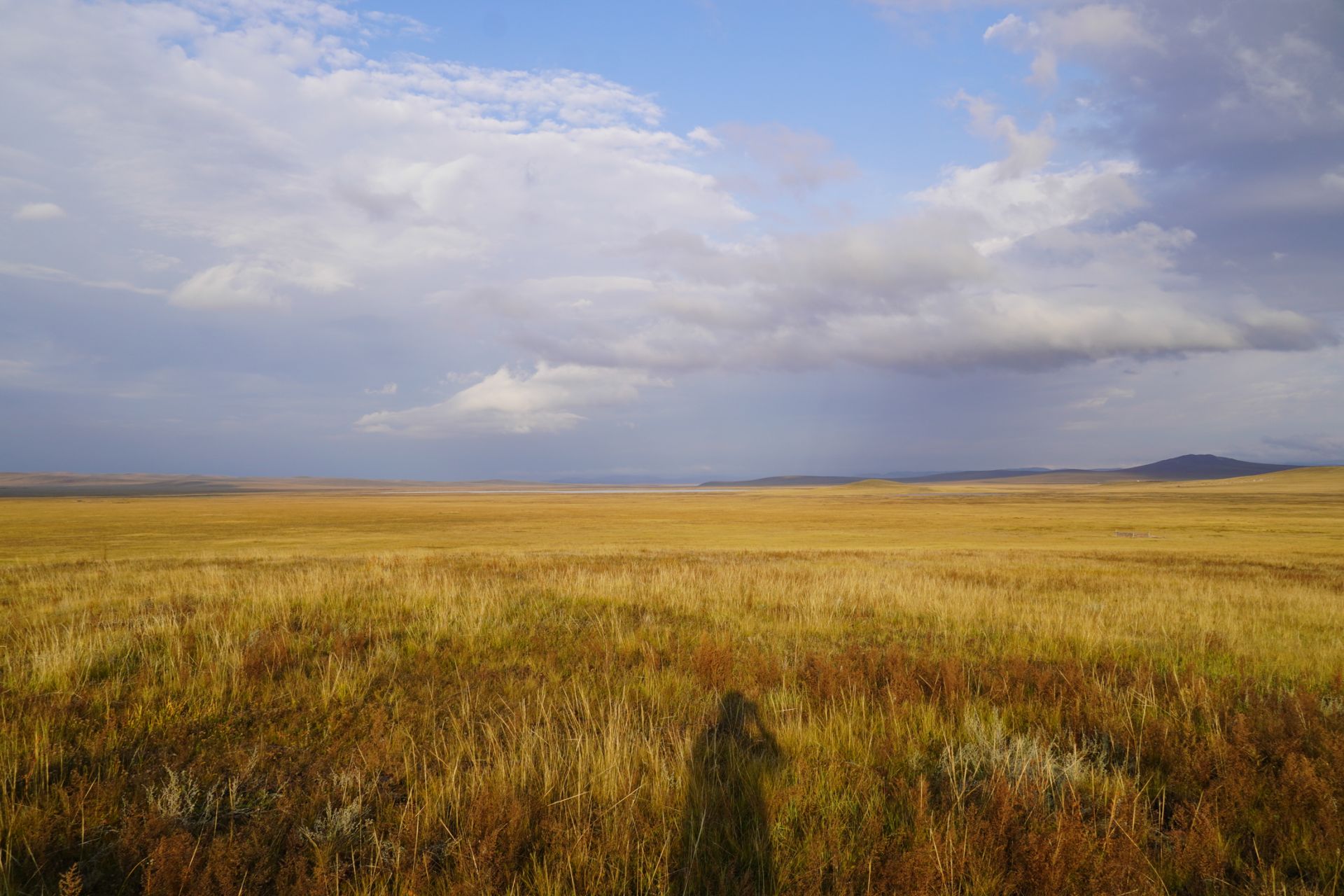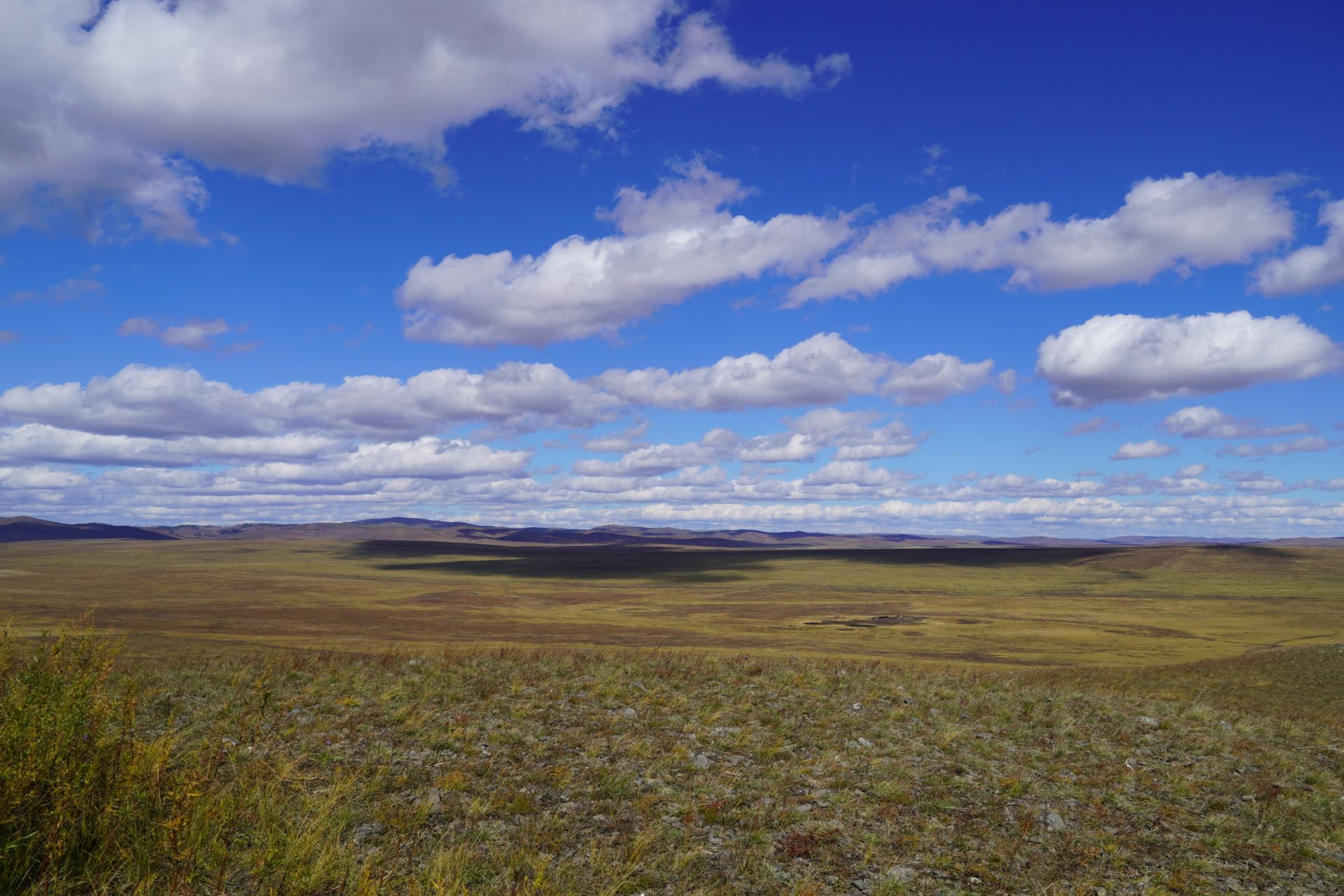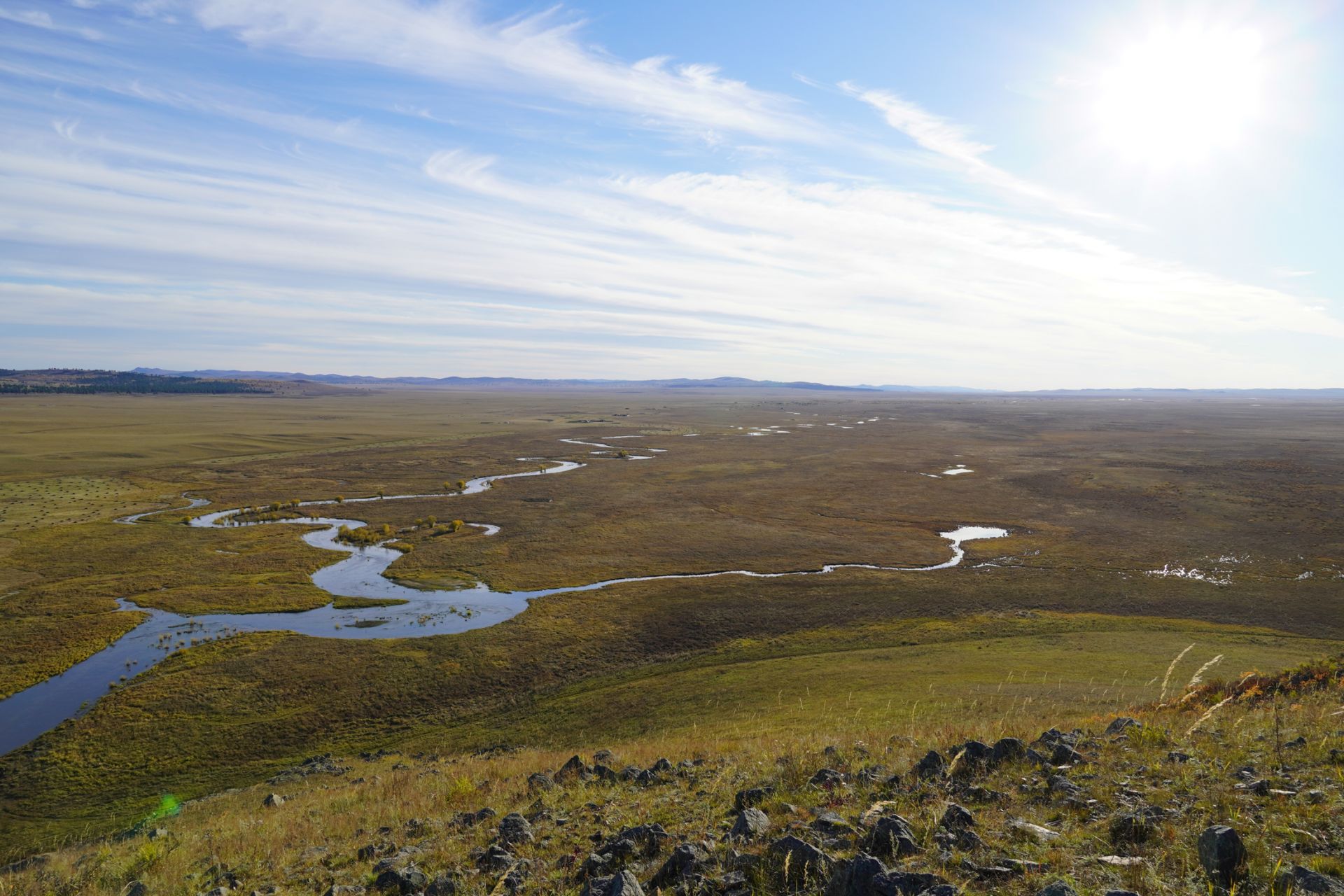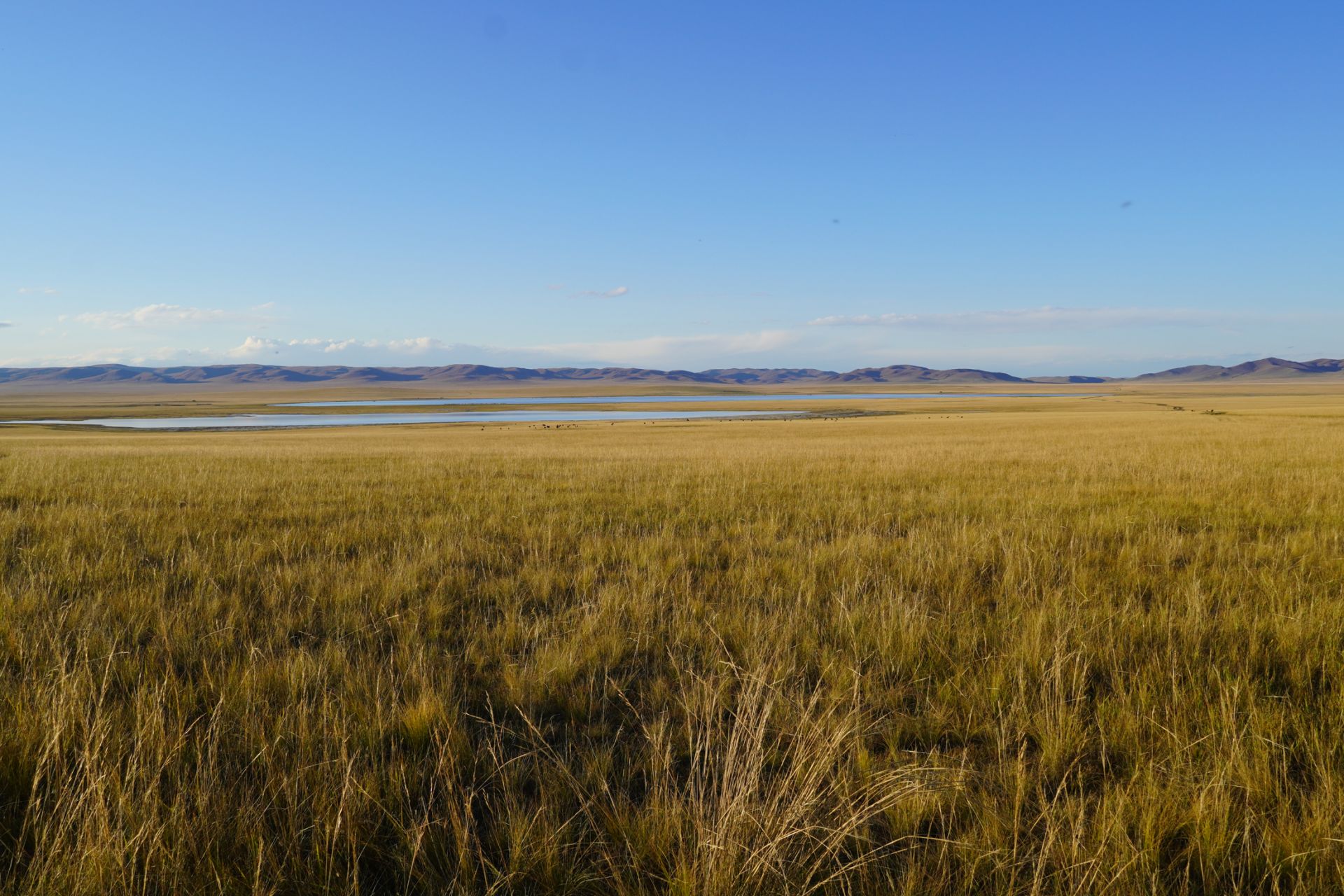The third autumn in a row that I traveled to eastern Mongolia in September. The first year (18 Aug - 04 Sep 2019) was a 2-week trip with a German bird watching group led by famous German ornithologist Andreas Buchheim and the last year (2020) I explored the east for another 2 weeks to observe mostly mammals along with a group of mammologist from Mongolian Academy of Science (see the report here).
This year I got a chance to join the ornithologists of the local research NGO "WSCC Mongolia" to conduct the annual autumn White-naped crane survey. I teamed up with one of Mongolia's most pioneer ornithologists Tseveenmyadag who has been working in the sector for over 4 decades and another young researcher Otgonbayar Tsend joined us from the Khurkh river valley. Even though we focused mostly on White-naped cranes, we also counted other migrating cranes such as Common and Hooded cranes. It was too late for the Siberian crane, as they had left the country earlier in the month.
These 3 separate trips took place in three different time spans of the autumn unintentionally. Therefore it gave a great opportunity to see different bird species depending on their migration timing. For instance, during our first trip, we got to see mostly passerines and waders whereas this year their migration was already over, instead, we saw a huge number of congregating geese, swans, ducks and cranes.
Unlike the two previous trips, few other destinations were added to this year’s trip. Ulz river valley of Northeastern Mongolia was a target destination for the first half of the trip.
The highlight of the trip was ticking off endangered Jankowski’s Bunting thus now I am one species short (Snow Bunting) to complete seeing all 23 buntings that are recorded in Mongolia. Here I excluded Black-headed bunting (only one unproven record at Numrug in 1994 – so far east from its regular breeding range) due to its unreliable first record.
Bunting is one of my favorite families of birds besides owls. So seeing all species of breeding buntings in the country is somewhat achievement for me.
NOTE: Click on the image to see it in full size!
 Female Jankowski's Bunting © Bolormunkh Erdenekhuu
Female Jankowski's Bunting © Bolormunkh Erdenekhuu
Another highlight was the brief observation of Red-crowned Crane. It was my first observation of the species in Mongolia although I had seen it before in South Korea in 2012. Only a few pairs regularly breed in the far eastern corner of the country. Also, we made a second record of Japanese Tit aka "Eastern Great Tit" for Mongolia. See the photos at the end of the page!
 Record shot of Red-crowned Crane © Otgonbayar Tsend
Record shot of Red-crowned Crane © Otgonbayar Tsend
The trip started from Ulaanbaatar in a morning when the entire country has experienced unprecedented fuel shortage thus every fuel station allowing only 13l fuel to every customer. So we needed to stop at about 10 stations to finally have a full tank.
For the next few days, we have visited a number of key staging and stopover sites such as lakes, wetland and wheat fields along the Khurkh and Ulz river valleys where cranes feed and congregate in high numbers.
Everyday we regularly observed and counted up to 200 White-naped Cranes, hundreds of Common Cranes, up to 30 Eastern Great Bustards. Mornings were a bit chilly and some nights in the river valleys had frosts.
 Family of White-naped Cranes © Bolormunkh Erdenekhuu
Family of White-naped Cranes © Bolormunkh Erdenekhuu
This year our country has received substantial amounts of precipitation all across the country which resulted in filling up many dried lakes and ponds in Eastern Mongolia where it had been hit by successive years of droughts and dryness.
 Northern Lapwing © Bolormunkh Erdenekhuu
Northern Lapwing © Bolormunkh Erdenekhuu
 Northern Lapwing © Bolormunkh Erdenekhuu
Northern Lapwing © Bolormunkh Erdenekhuu
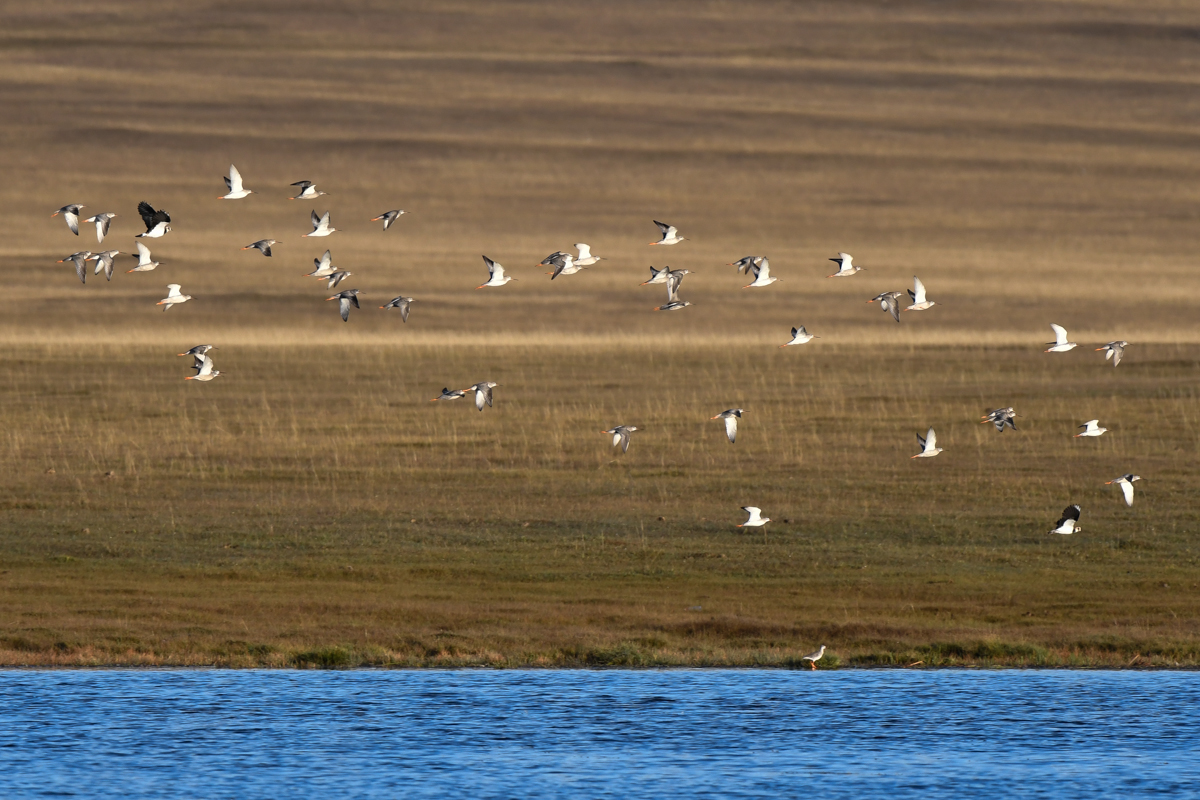 Spotted Redshank non-breeding plumage
Spotted Redshank non-breeding plumage
 Grey-headed Woodpecker or should I say Rockpecker :) © Bolormunkh Erdenekhuu
Grey-headed Woodpecker or should I say Rockpecker :) © Bolormunkh Erdenekhuu
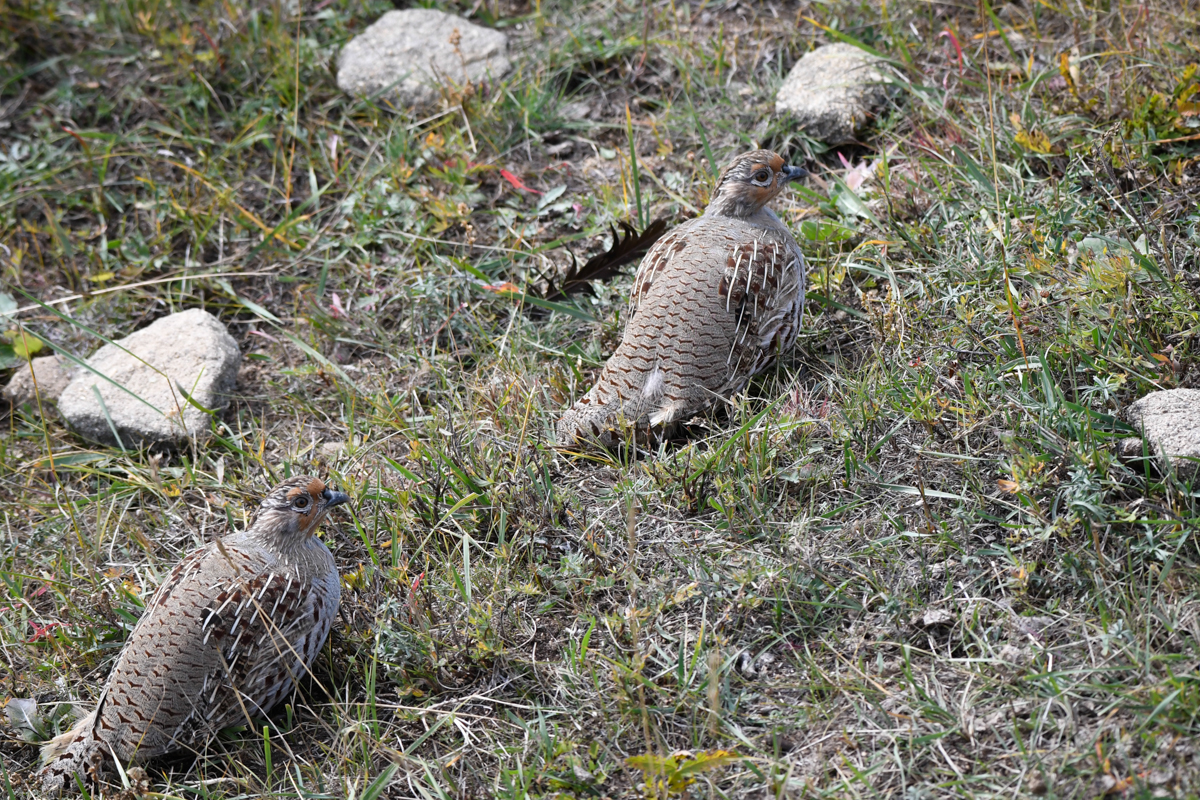 Daurian Partridge © Bolormunkh Erdenekhuu
Daurian Partridge © Bolormunkh Erdenekhuu
 Steppe Eagle, after feasting on an unfortunate Demoiselle Crane © Bolormunkh Erdenekhuu
Steppe Eagle, after feasting on an unfortunate Demoiselle Crane © Bolormunkh Erdenekhuu
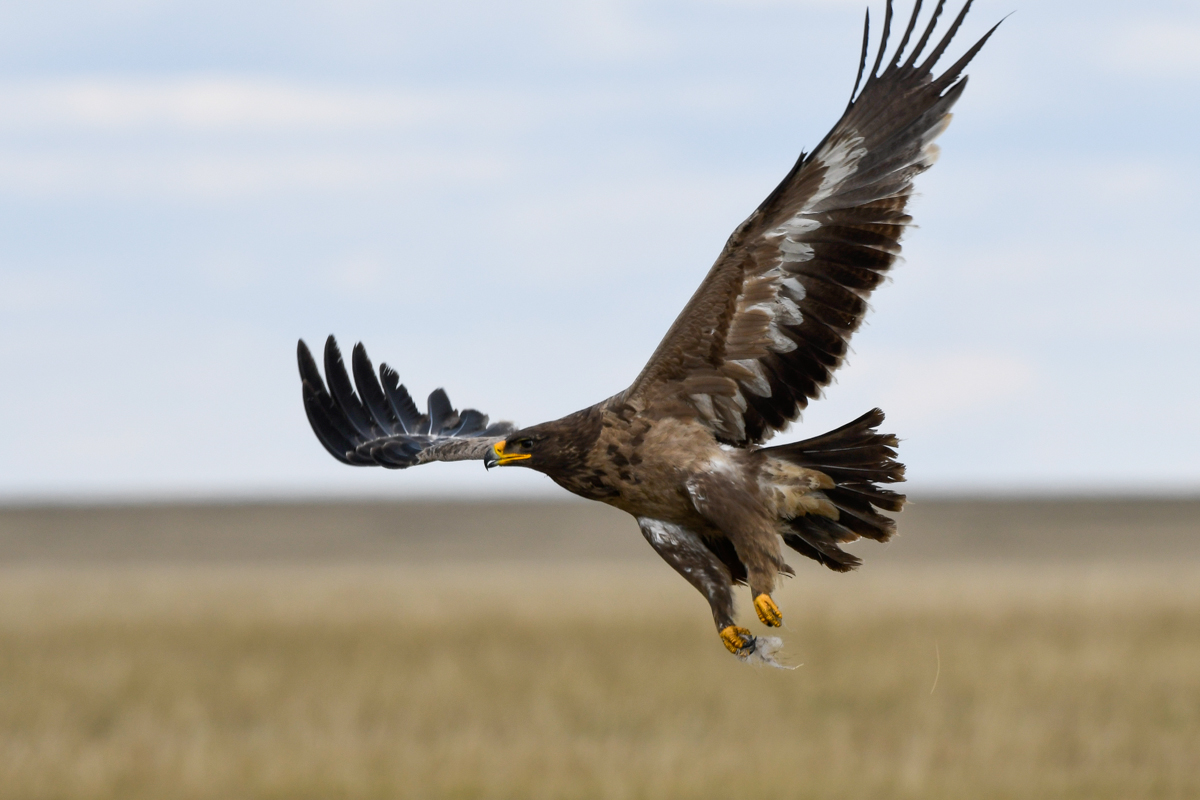
 Female Black-faced Bunting. A real tricky bird to photograph © Bolormunkh Erdenekhuu
Female Black-faced Bunting. A real tricky bird to photograph © Bolormunkh Erdenekhuu
 Daurian Jackdaws and Eastern Rook (Corvus frugilegus pastinator) © Bolormunkh Erdenekhuu
Daurian Jackdaws and Eastern Rook (Corvus frugilegus pastinator) © Bolormunkh Erdenekhuu
 Eastern Great Bustard (Otis tarda dybowski) congregating before migration © Bolormunkh Erdenekhuu
Eastern Great Bustard (Otis tarda dybowski) congregating before migration © Bolormunkh Erdenekhuu
 Eastern Great Bustard (Otis tarda dybowski) © Bolormunkh Erdenekhuu
Eastern Great Bustard (Otis tarda dybowski) © Bolormunkh Erdenekhuu
 Azure Tit. A real gem of dull willow forest © Bolormunkh Erdenekhuu
Azure Tit. A real gem of dull willow forest © Bolormunkh Erdenekhuu
 Common Crane © Bolormunkh Erdenekhuu
Common Crane © Bolormunkh Erdenekhuu
 A queen of the steppe © Bolormunkh Erdenekhuu
A queen of the steppe © Bolormunkh Erdenekhuu
The first surprise of the trip was a migrating Heuglin's Gull. In Mongolia, there are less than 10 records all made during migration season. They breed in high Arctic west of Taymir peninsula and East Asian population winter in East China sea, thus pass through eastern Mongolia during migration. Heuglin's gull can be overlooked with common Mongolian gull due to it's size and appereance similarity. It can be distinguished by its darker grey upperparts from Mongolian Gull.
 Heuglin's gull (Larus fuscus heuglini) © Bolormunkh Erdenekhuu
Heuglin's gull (Larus fuscus heuglini) © Bolormunkh Erdenekhuu



 Mew Gull (Larus canus heinei)
Mew Gull (Larus canus heinei)
 Common Starlings - not that common bird in Mongolia
Common Starlings - not that common bird in Mongolia
 Eurasian Spoonbill
Eurasian Spoonbill
Many species of raptors were present in the areas with a high abundance of Brandt's Vole. In the steppe, Saker Falcon, Upland Buzzard reside sedentarily and others such as Steppe Eagle, Oriental honey Buzzard, Rough-legged Buzzard, Eastern Buzzard, Merlin, Amur Falcon, Eurasian Hobby, Eastern Marsh Harrier, Hen Harrier, Eurasian Hobby and Hawks take advantage of its high abundance of rodents during their migration.
 Saker Falcon with prey (possibly Eurasian Woodcock) © Bolormunkh Erdenekhuu
Saker Falcon with prey (possibly Eurasian Woodcock) © Bolormunkh Erdenekhuu


 Upland buzzard © Bolormunkh Erdenekhuu
Upland buzzard © Bolormunkh Erdenekhuu
 Male Hen Harrier © Bolormunkh Erdenekhuu
Male Hen Harrier © Bolormunkh Erdenekhuu
 Possibly 2cy male Merlin. It gave a great observation while feeding on a Brandt's Vole © Bolormunkh Erdenekhuu
Possibly 2cy male Merlin. It gave a great observation while feeding on a Brandt's Vole © Bolormunkh Erdenekhuu



A few small lakes in Eastern Mongolia are important staging and stopover sites for 7 species of migrating geese. Especially Swan, Tundra and Taiga bean Geese numbers can reach tens of thousands during migration. Bean Goose doesn't breed in the eastern Mongolian steppe but Swan Goose does. Bean Geese travel further north into the great expanse of the Siberian arctic and boreal forest in order to breed. Even though we counted about 20 thousand Bean Geese, approaching them was a real challenge because of heavy hunting pressure and persecution in Russia. Mongolians generally don't hunt birds thus getting close to local breeding Swan Geese was much easier.
Anyway, our priority was to get a reasonable estimate of their number without disturbing them so we observed mostly from distance. Mornings provided a decent opportunity for photographing when they leave their roosting sites and fly to the crop fields to feed. It was almost impossible to distinguish other species of geese among the thousands of flying Bean Geese but I tried to take as many flight shots as possible then later I could look closely. The method totally worked as I later found out other species such as Greater and Lesser white-fronted Geese from my photos. They are both extremely rare and not many records are made in the country. I was lucky enough to take photos of both species.
 2 Greater White-fronted Geese (above) with Swan Geese (below) © Bolormunkh Erdenekhuu
2 Greater White-fronted Geese (above) with Swan Geese (below) © Bolormunkh Erdenekhuu
 2 Lesser White-fronted Geese (black circle) with a family of Taiga Bean Geese (red circle) and Tundra Bean Geese (Below) © Bolormunkh Erdenekhuu
2 Lesser White-fronted Geese (black circle) with a family of Taiga Bean Geese (red circle) and Tundra Bean Geese (Below) © Bolormunkh Erdenekhuu
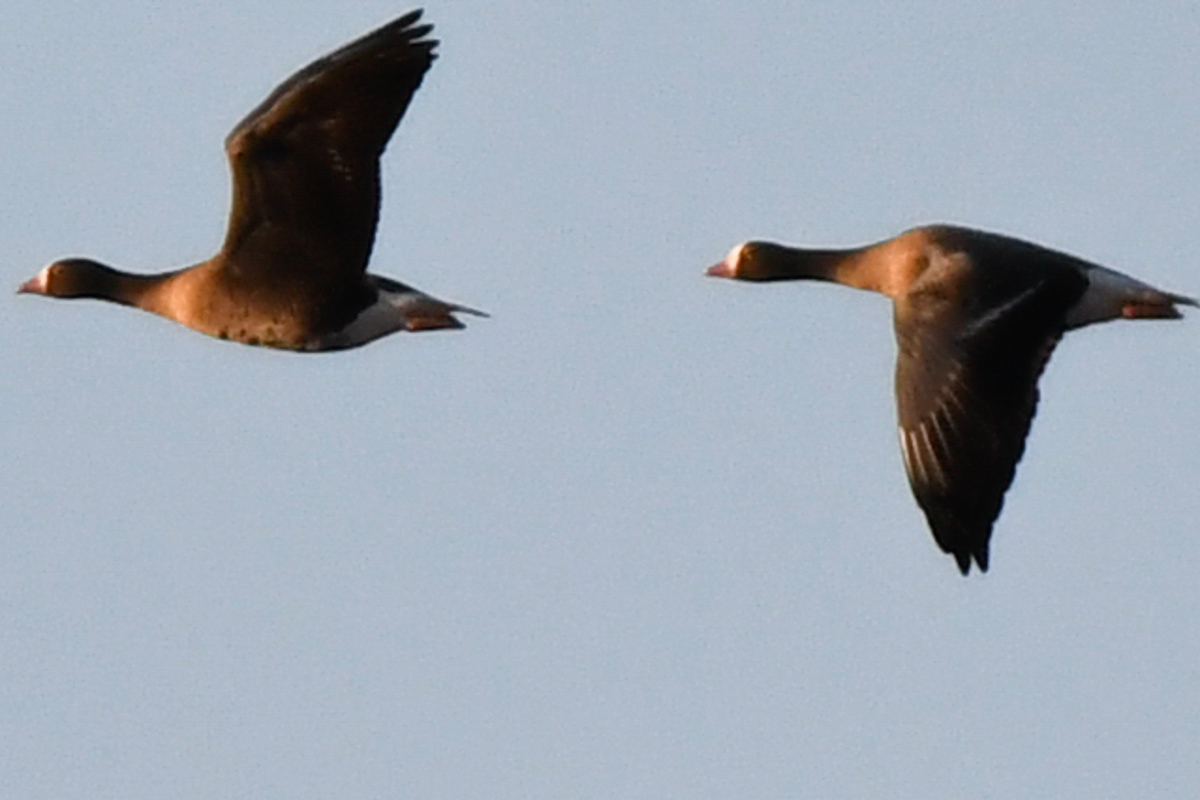 Distinctive yellow eye-ring and short necks are clearly visible here.
Distinctive yellow eye-ring and short necks are clearly visible here.
 Swan Geese. Note that Adults have a narrow white border at the bill base and juveniles don't. © Bolormunkh Erdenekhuu
Swan Geese. Note that Adults have a narrow white border at the bill base and juveniles don't. © Bolormunkh Erdenekhuu
 Eastern Greylag Geese (Anser anser rubrirostris) © Bolormunkh Erdenekhuu
Eastern Greylag Geese (Anser anser rubrirostris) © Bolormunkh Erdenekhuu
 A family of Tundra Bean Geese (Anser serrirostris). They can be distinguished by its more dark brown colour, slightly smaller body, short neck and lack of yellow on the bill from closely related Taiga Bean Goose (Anser fabalis middendorfi) © Bolormunkh Erdenekhuu
A family of Tundra Bean Geese (Anser serrirostris). They can be distinguished by its more dark brown colour, slightly smaller body, short neck and lack of yellow on the bill from closely related Taiga Bean Goose (Anser fabalis middendorfi) © Bolormunkh Erdenekhuu
 2 Bar-headed Geese (Anser indicus) with the wrong flock. They might end up in China instead of India if they stick to this group. © Bolormunkh Erdenekhuu
2 Bar-headed Geese (Anser indicus) with the wrong flock. They might end up in China instead of India if they stick to this group. © Bolormunkh Erdenekhuu
Bar-headed Goose breeds in fresh mountain lakes of Central Mongolia and rarely occur in eastern Mongolian shallow steppe lakes. Their migration crossing the Himalayas on the way to their wintering ground in India started earlier than other geese and by October entire population had already left the country. So finding these 2 Bar-headed Geese was an unusual sighting and indeed I believe that they intend to follow this group of Swan Geese to Poyang lake in China. Some adventure and changes in life. :)
 Tens of thousands of Bean Geese (Tundra and Taiga) were seen throughout the trip © Bolormunkh Erdenekhuu
Tens of thousands of Bean Geese (Tundra and Taiga) were seen throughout the trip © Bolormunkh Erdenekhuu

 Family of Hooded Cranes (top) © Bolormunkh Erdenekhuu
Family of Hooded Cranes (top) © Bolormunkh Erdenekhuu
 This was an indescribable morning with breathtaking sunrise and birds flying around us all morning
This was an indescribable morning with breathtaking sunrise and birds flying around us all morning
 A flock of migrating Bewick's Swan were regular sighting between 01 - 06 Oct © Bolormunkh Erdenekhuu
A flock of migrating Bewick's Swan were regular sighting between 01 - 06 Oct © Bolormunkh Erdenekhuu
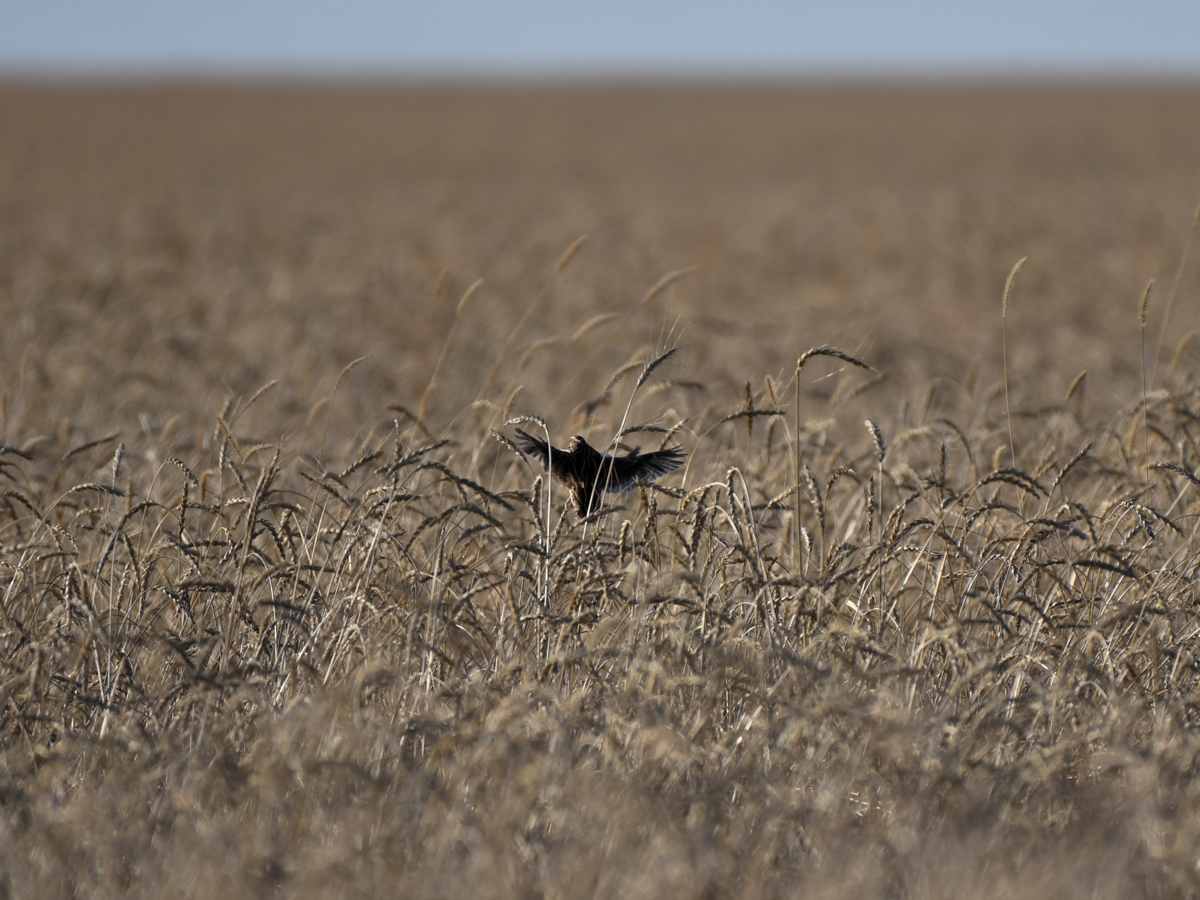 Record shot of Japanese Quail © Bolormunkh Erdenekhuu
Record shot of Japanese Quail © Bolormunkh Erdenekhuu
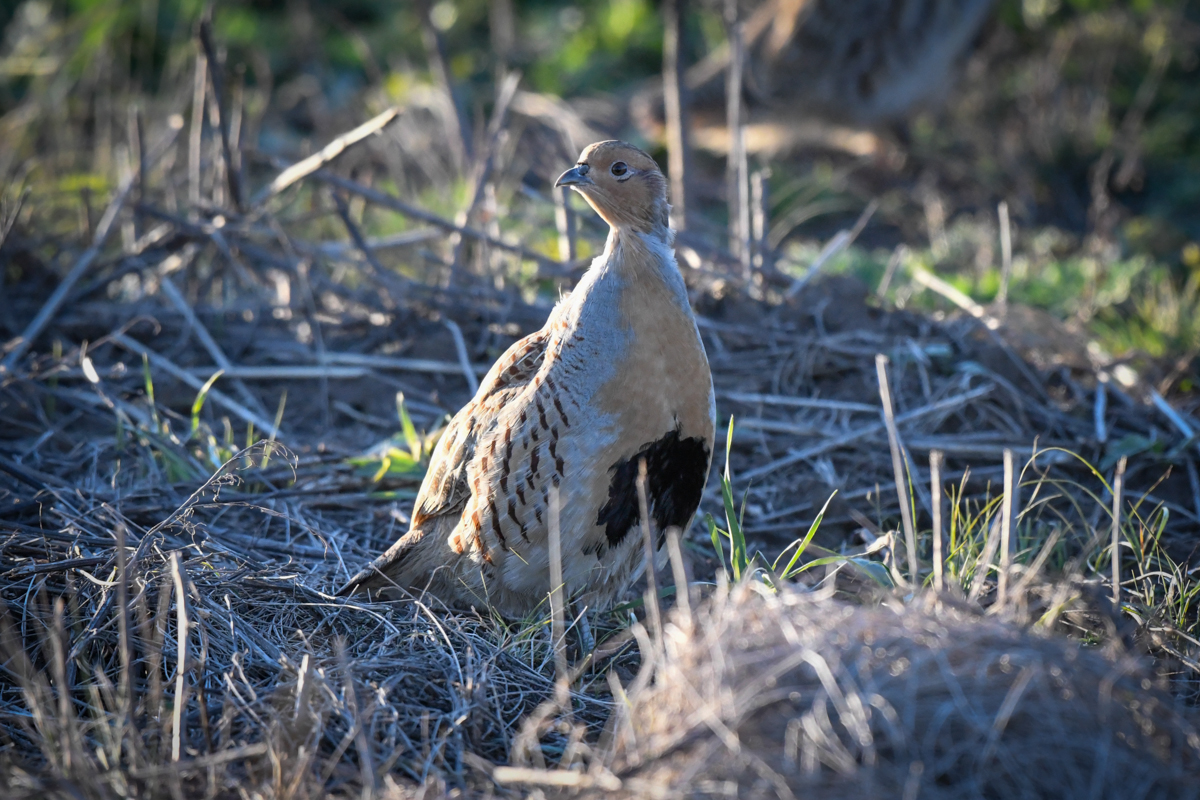 Daurian Partridge © Bolormunkh Erdenekhuu
Daurian Partridge © Bolormunkh Erdenekhuu
 Eurasian Common Cranes © Bolormunkh Erdenekhuu
Eurasian Common Cranes © Bolormunkh Erdenekhuu
 Manchurian wapiti (Cervus canadensis xanthopygus) © Bolormunkh Erdenekhuu
Manchurian wapiti (Cervus canadensis xanthopygus) © Bolormunkh Erdenekhuu
 As the rutting season was in full swing we had some great observation of Eastern Mongolian Wapitis
As the rutting season was in full swing we had some great observation of Eastern Mongolian Wapitis

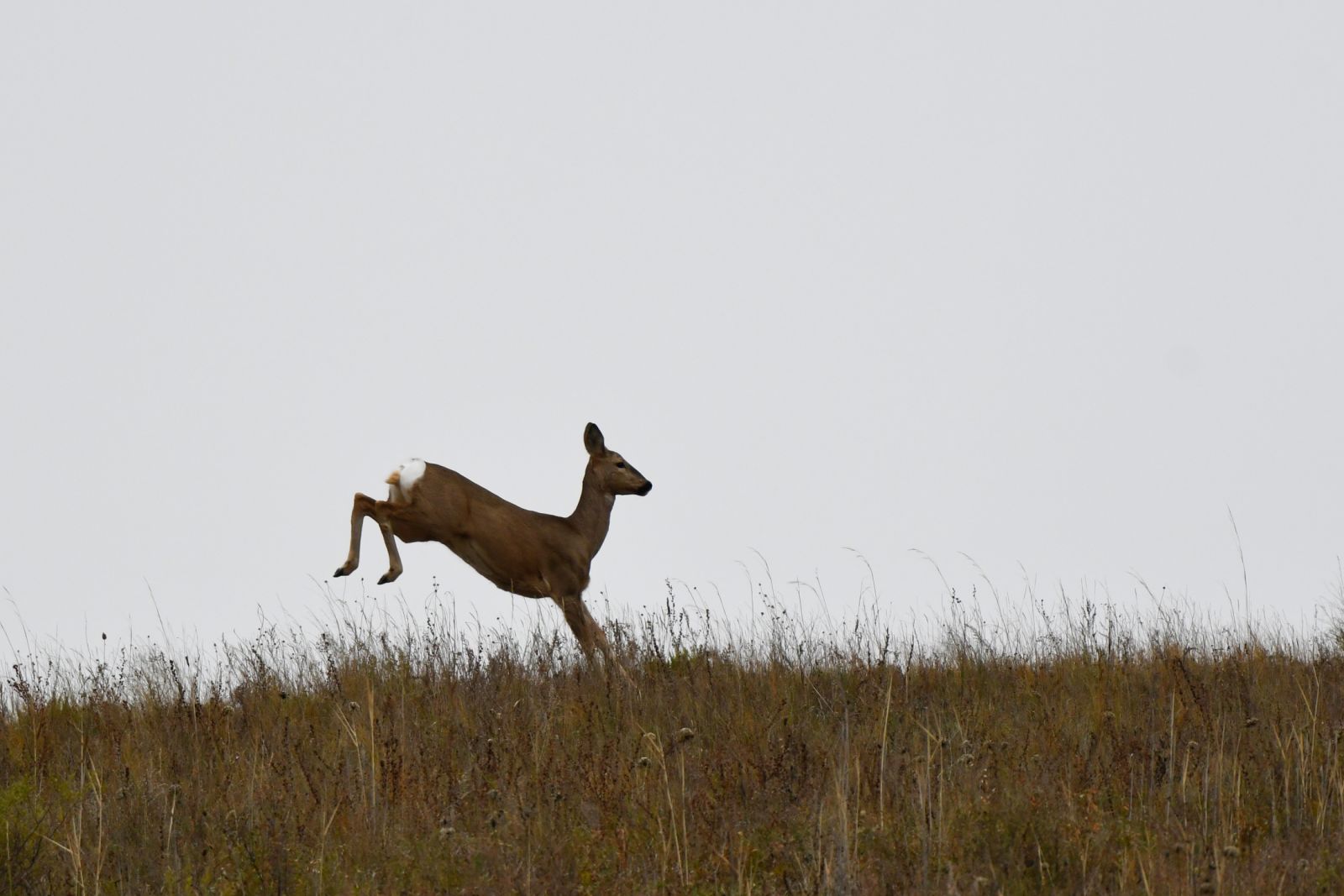

Siberian Roe Deer, photo taken in a really poor light as the day had heavy overcast and fogs all day © Bolormunkh Erdenekhuu
 Juvenile Rustic Bunting © Bolormunkh Erdenekhuu
Juvenile Rustic Bunting © Bolormunkh Erdenekhuu

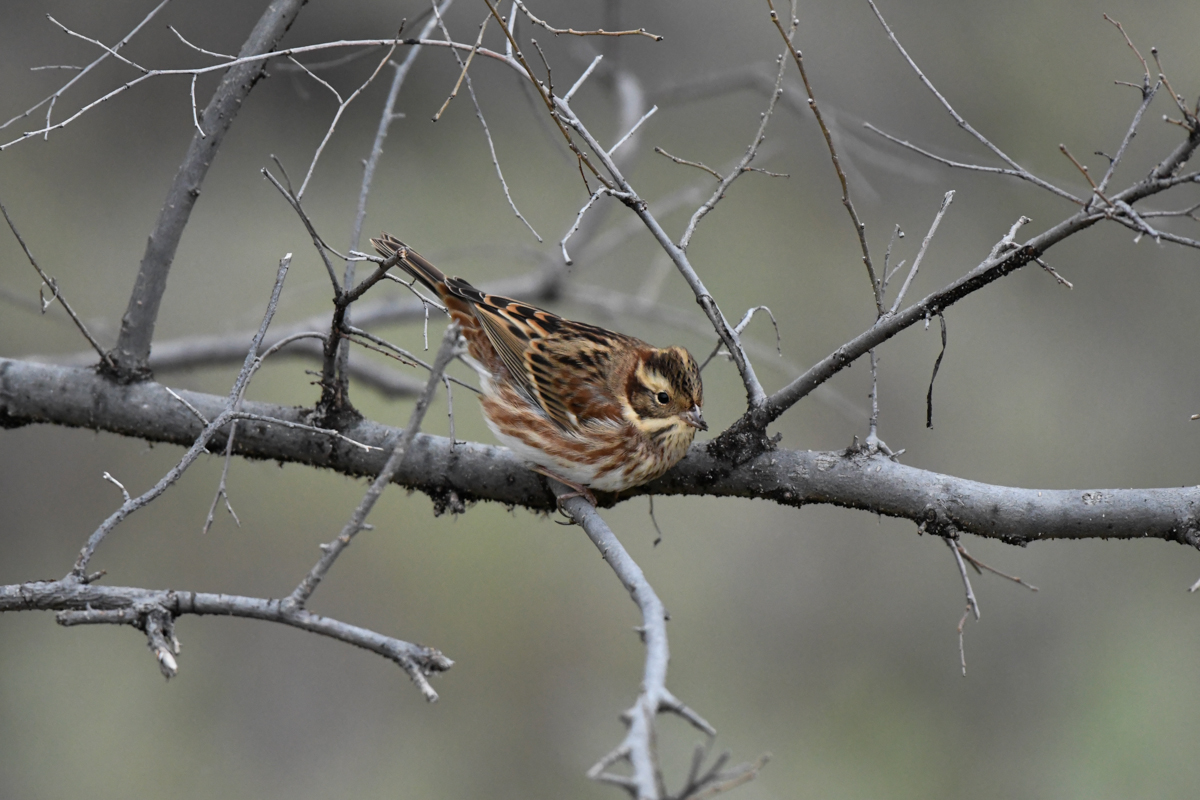

 Adult Jankowski's Bunting © Bolormunkh Erdenekhuu
Adult Jankowski's Bunting © Bolormunkh Erdenekhuu
 Adult male
Adult male
 Adult female
Adult female
 Juvenile
Juvenile
Jankowski's Bunting (Emberiza jankowski) is one of the East Asian endemic species on the brink of extinction and experienced an alarming rate of decline due to overgrazing, habitat loss and intensification of land use on the grasslands of China during the past century. The species is highly habitat sensitive and requires a specific set of habitats with a mixture of grassland and low bushes. Previously widespread across much of north-east China, it has declined alarmingly and is now vastly depleted, remaining at only a handful of widely spread sites. It also used to occur in Far Eastern Russia, where it now appears extirpated, and a small population once existed in North Korea, but there is considerable uncertainty as to whether it is still there (Josh Jones).
However, in 2020, a team of researchers from the Mongolian Bird Conservation Center (MBCC) discovered two sites of a breeding colony of Jankowski’s Bunting from southeastern Mongolia. Prior to this, Jankowski’s Bunting was considered little more than a vagrant in Mongolia. Of the two sites occupied by Jankowski’s Buntings, one lies within the currently protected area, where there is no human influence or livestock grazing. Sadly, the second is situated in an unprotected area close to a village where threats of grazing and competing with livestock exist.
We visited the protected area population this time and found more than 100 birds utilizing one of the small pockets of the area. Since the time was limited we didn't check the other valleys and areas extensively.
I express my gratitude here to my long-lasting friends and collaborators at MBCC for sharing the location with me.
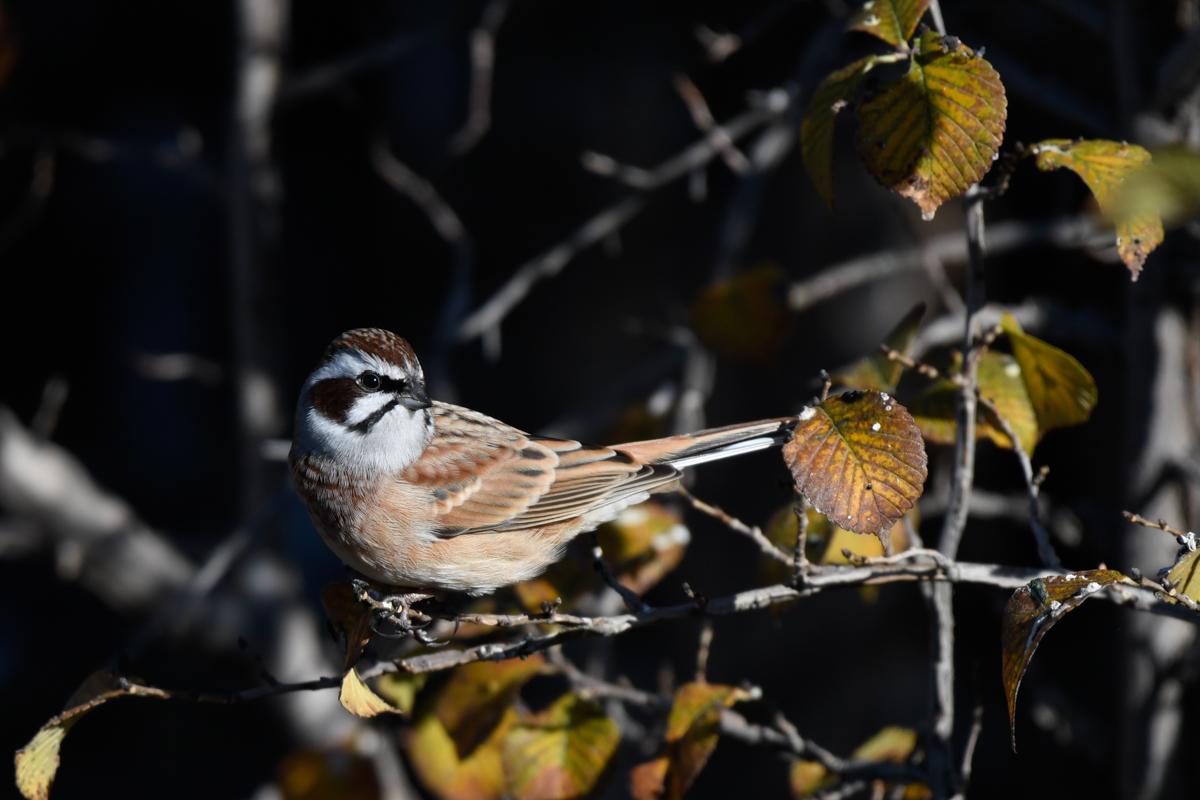 Stunning male Meadow Bunting © Bolormunkh Erdenekhuu
Stunning male Meadow Bunting © Bolormunkh Erdenekhuu
 Female Meadow Bunting © Bolormunkh Erdenekhuu
Female Meadow Bunting © Bolormunkh Erdenekhuu
 Pallas's Reed Bunting © Bolormunkh Erdenekhuu
Pallas's Reed Bunting © Bolormunkh Erdenekhuu
.jpg) Male Oriental Greenfinch © Bolormunkh Erdenekhuu
Male Oriental Greenfinch © Bolormunkh Erdenekhuu
.jpg) Female
Female
.jpg) A pair
A pair
.jpg)
 Eurasian Tree Sparrow, considered really boring species but these are real wild ones, © Bolormunkh Erdenekhuu
Eurasian Tree Sparrow, considered really boring species but these are real wild ones, © Bolormunkh Erdenekhuu
 Eurasian Siskin © Bolormunkh Erdenekhuu
Eurasian Siskin © Bolormunkh Erdenekhuu
 Brambling © Bolormunkh Erdenekhuu
Brambling © Bolormunkh Erdenekhuu
 Migrating Bramblings arriving at a water point © Bolormunkh Erdenekhuu
Migrating Bramblings arriving at a water point © Bolormunkh Erdenekhuu
 Mixed flock of Bramblings and Oriental Greenfinches © Bolormunkh Erdenekhuu
Mixed flock of Bramblings and Oriental Greenfinches © Bolormunkh Erdenekhuu
 Buff-bellied Pipit (Anthus rubescens japonicus) © Bolormunkh Erdenekhuu
Buff-bellied Pipit (Anthus rubescens japonicus) © Bolormunkh Erdenekhuu
 Naumann's and Dusky Thrush migrating together
Naumann's and Dusky Thrush migrating together
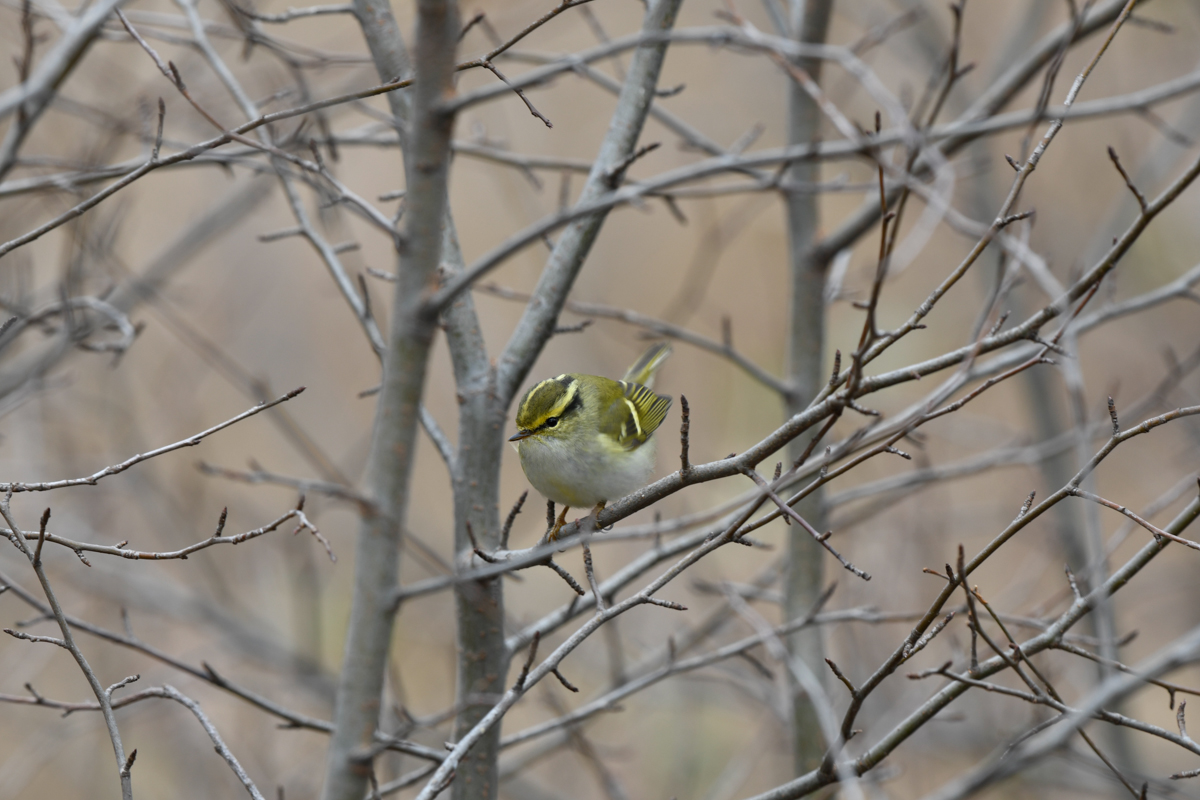 Pallas's leaf Warbler © Bolormunkh Erdenekhuu
Pallas's leaf Warbler © Bolormunkh Erdenekhuu


Japanese Tit (Parus minor) aka Eastern Great Tit - Second record in Mongolia © Bolormunkh Erdenekhuu
Japanese Tit is a recent split from Great Tit and replaces the similar great tit in Japan and the Russian Far East beyond the Amur River. In the first photo, a visible white undertail is a key distinguishing characteristic here. And generally, it lacks a green tone on the back and yellow on the chest and underparts. Thanks to Andreas Buchheim for the identification help. Both individuals in the photos were found in the riparian forest of Numrug Strictly Protected Area. Initially, a tit was found by one of our crew members and later we all went to the location and took a few photos. So the credit for this record is not on me.
Other birds in the same habitat were migrating Eurasian Sparrowhawk, Japanese Sparrowhawk, flocks of Bewick's Swans, a local Golden Eagle, a few Black Grouses, Ring-necked Pheasant (Phasianus colchicus pallasi - Native in eastern Mongolia), Long-tailed Rosefinches, Long-tailed Tits, Azure Tits, Meadow Buntings, Rustic Buntings and many Little Buntings.
Mammals were abundant here. We telescoped from the top of a hill and observed 2 Amur Moose, a few Siberian Roe Deer, Mongolian Gazelle, a Grey Wolf, and the best of them all a male Wild Boar was foraging across the river. I was tempted to approach but crossing the flooding deep river carrying my camera set was far from feasible so gave up the idea.
For the whole day, we had gloomy, heavily overcast weather thus I didn't get any decent photos of any mentioned species above. Eventually, the team decided to conclude the survey here and return to Ulaanbaatar. On the way back we got encountered thousands of Mongolian Gazelle, a curious little Least Weasel and a few Short-eared Owls crossing the road in the evening.
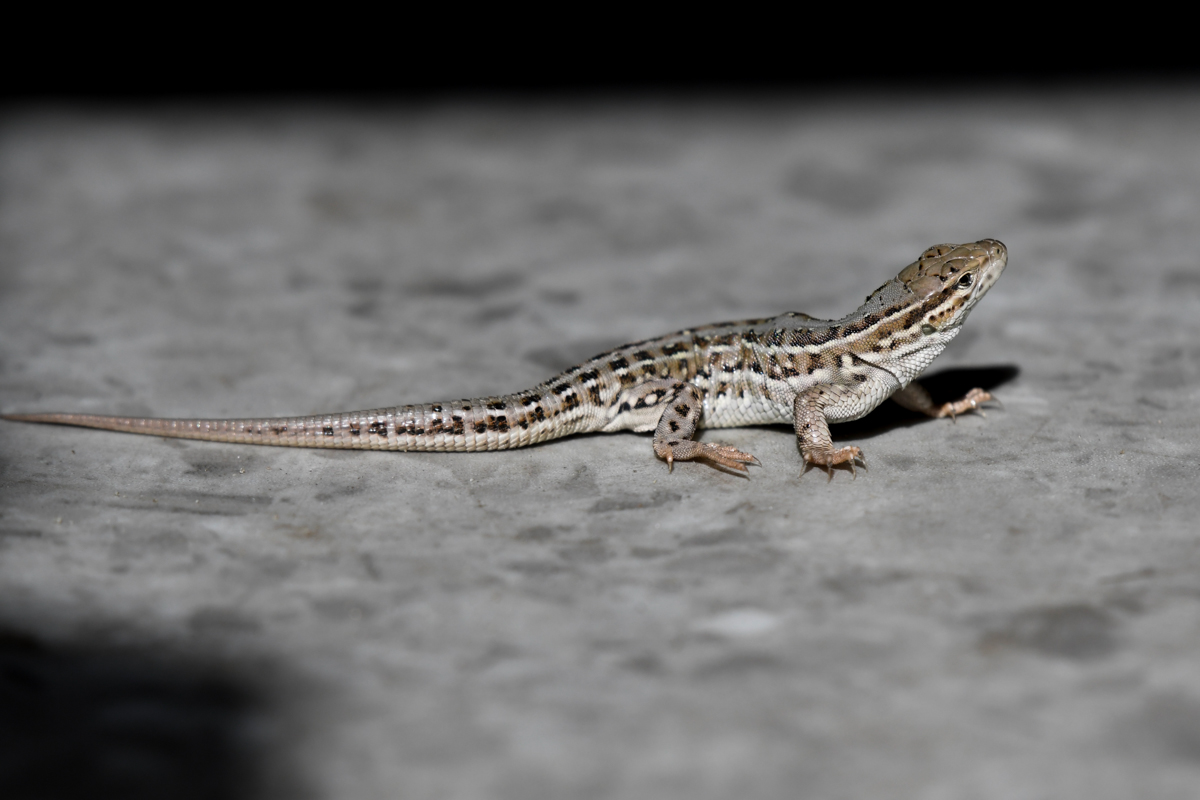 Eremias argus - Mongolian Racerunner
Eremias argus - Mongolian Racerunner












